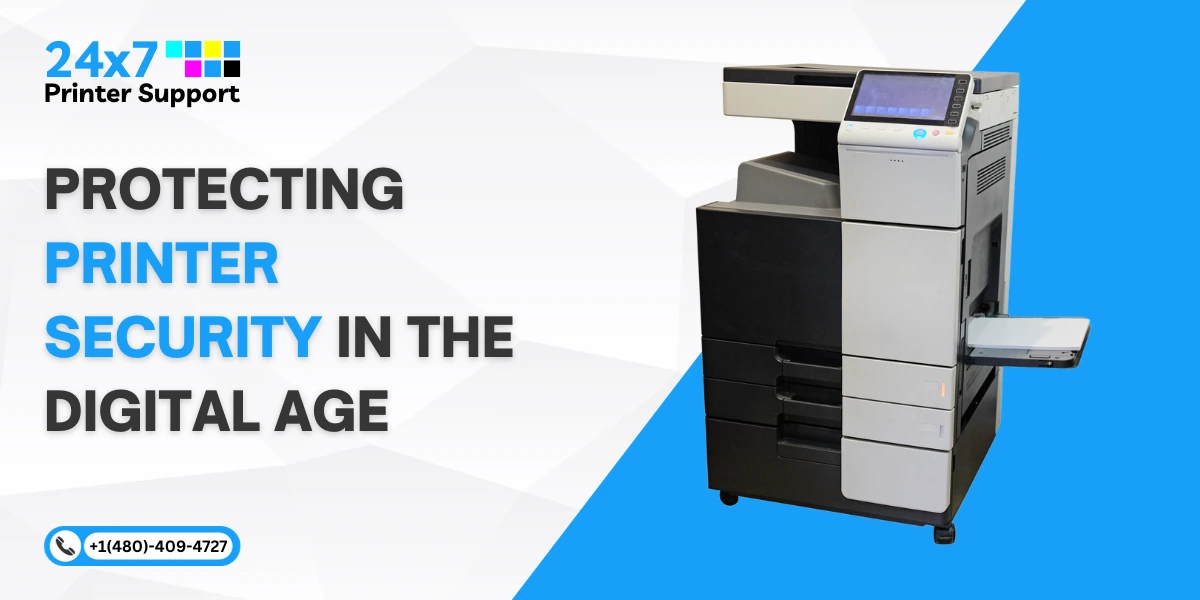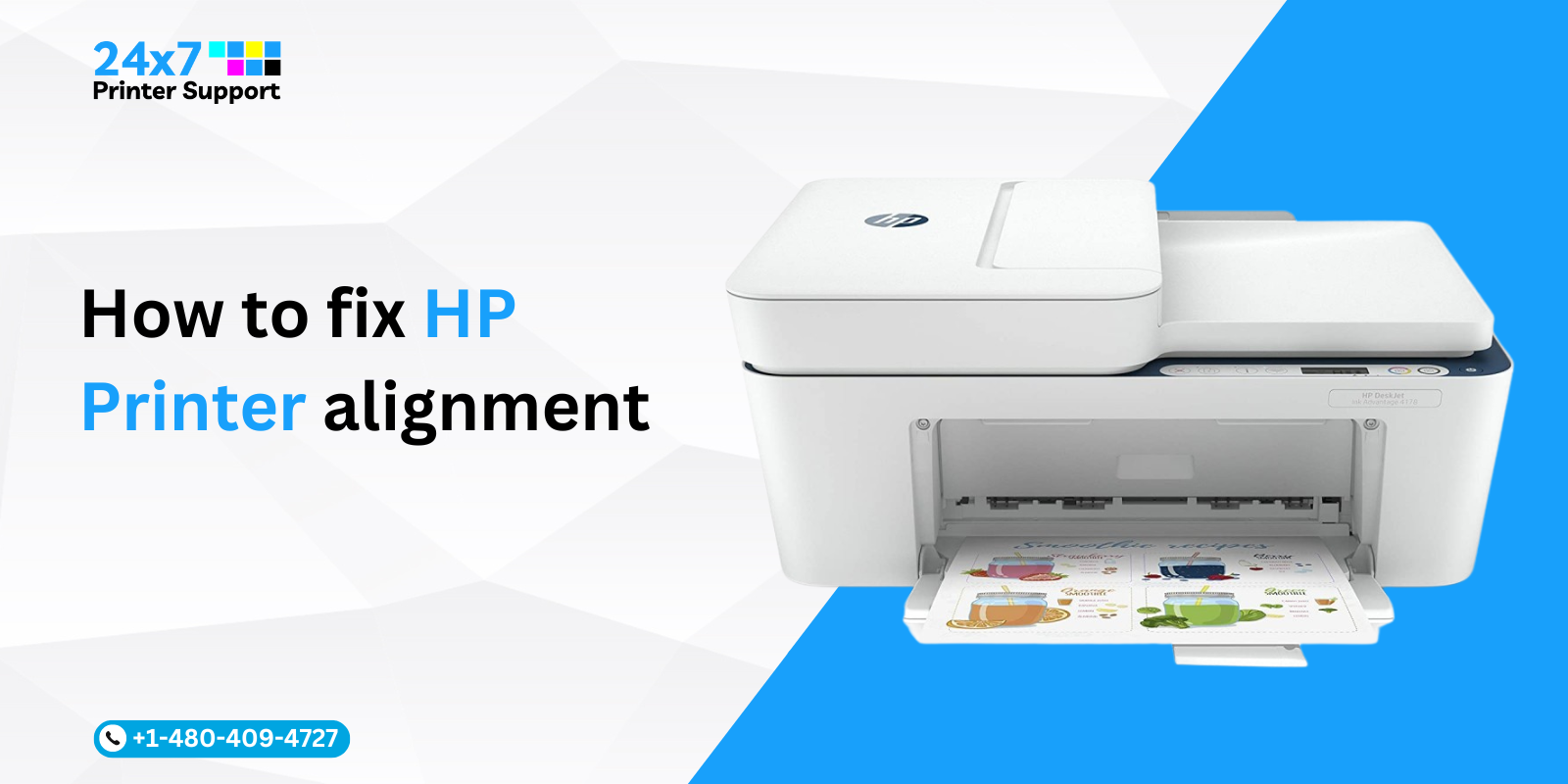In today’s digital age, where technology is omnipresent, we often focus on safeguarding our computers and mobile devices from cyber threats. However, one aspect of technology that is often given less importance when it comes to security is printers. Printers have evolved significantly. Printers are sophisticated devices that are connected to networks and capable of storing sensitive information. As a result, it is crucial to prioritize printer security to protect against potential vulnerabilities and data breaches. In this blog post, we will explore the importance of printer security in the digital age and discuss effective measures to ensure the protection of sensitive information.
How Role of Printer Has Changed Over Time?
Printers have come a long way from their traditional function of printing documents. In today’s digital era, printers have transformed into multifunctional devices, often connected to the internet or internal networks. This connectivity allows for convenient printing and enables remote access. However, it also presents some security risks. A compromised printer could serve as a gateway for unauthorized access to an organization’s network, leading to data breaches, malware attacks, and other security incidents.
What are the Most Common Printer Security Risks?
1. Unauthorized Access: An insecure printer can be an entry point for hackers to gain unauthorized access to sensitive data stored on connected devices or within the printer itself.
2. Data Leakage: Printers store digital copies of documents. If the printer is not properly secured, sensitive files can go into the wrong hands, leading to potential data leaks and privacy breaches.
3. Malware Attacks: Like any other network-connected device, printers are susceptible to malware attacks. Once infected, they can be used to distribute malicious code throughout the network.
4. Printer Manipulation: Hackers can compromise printers to alter or intercept printed documents, leading to the unauthorized disclosure of sensitive information.
Necessary Printer Security Measures
1. Regular Firmware Updates: Manufacturers often release firmware updates to address security vulnerabilities. Regularly updating the printer’s firmware can reduce potential risks by patching known security loopholes.
2. Secure Network Configuration: Ensure that printers are connected to secure networks to prevent unauthorized access and potential cyber-attacks within the network.
3. User Authentication: Implement strong user authentication mechanisms, such as username/password combinations or biometric authentication, to restrict access to printer functions and prevent unauthorized use.
4. Encryption and Secure Protocols: Enable encryption protocols, such as SSL/TLS, to secure data transmission between devices and the printer. Additionally, use secure printing protocols like IPPS (Internet Printing Protocol over HTTPS) to prevent interception of print jobs.
5. Secure Print Release: Implement secure print release solutions that require users to authenticate themselves at the printer before documents are printed. This prevents sensitive information from falling into the wrong hands.
6. Physical Security: Protecting the physical security of printers is equally important. Ensure that printers are placed in secure locations, and sensitive information is not left unattended in output trays.
7. Regular Security Audits: Conduct periodic security audits to assess the effectiveness of existing security measures and identify any vulnerabilities that need to be addressed.
Conclusion:
Printer security is a crucial but often neglected aspect of overall network security in the digital age. As printers become increasingly connected, the risks associated with printer security continue to evolve. By understanding these risks and implementing effective security measures, organizations and individuals can protect their sensitive information from unauthorized access, data breaches, and other security incidents. Prioritizing printer security not only safeguards valuable data but also contributes to a comprehensive and robust cybersecurity strategy in the digital age.
Need Help in Implementing Proper Security Measures for Your Printer?
After knowing the importance of Brother’s printer security, you would be interested in applying all the security measures for your data safety. Implementing HP printer security protocols isn’t difficult. But if you feel you need help protecting your printer, and the underlying data, you can contact our support team. 24×7 Printer Support is a printer support-providing organization that helps you in solving printer issues. Our client satisfaction rate makes us one of the best printer support-providing companies in the United States.
Call Us For Instant Solutions
Don’t Let Printer Problems Hold You Back!






